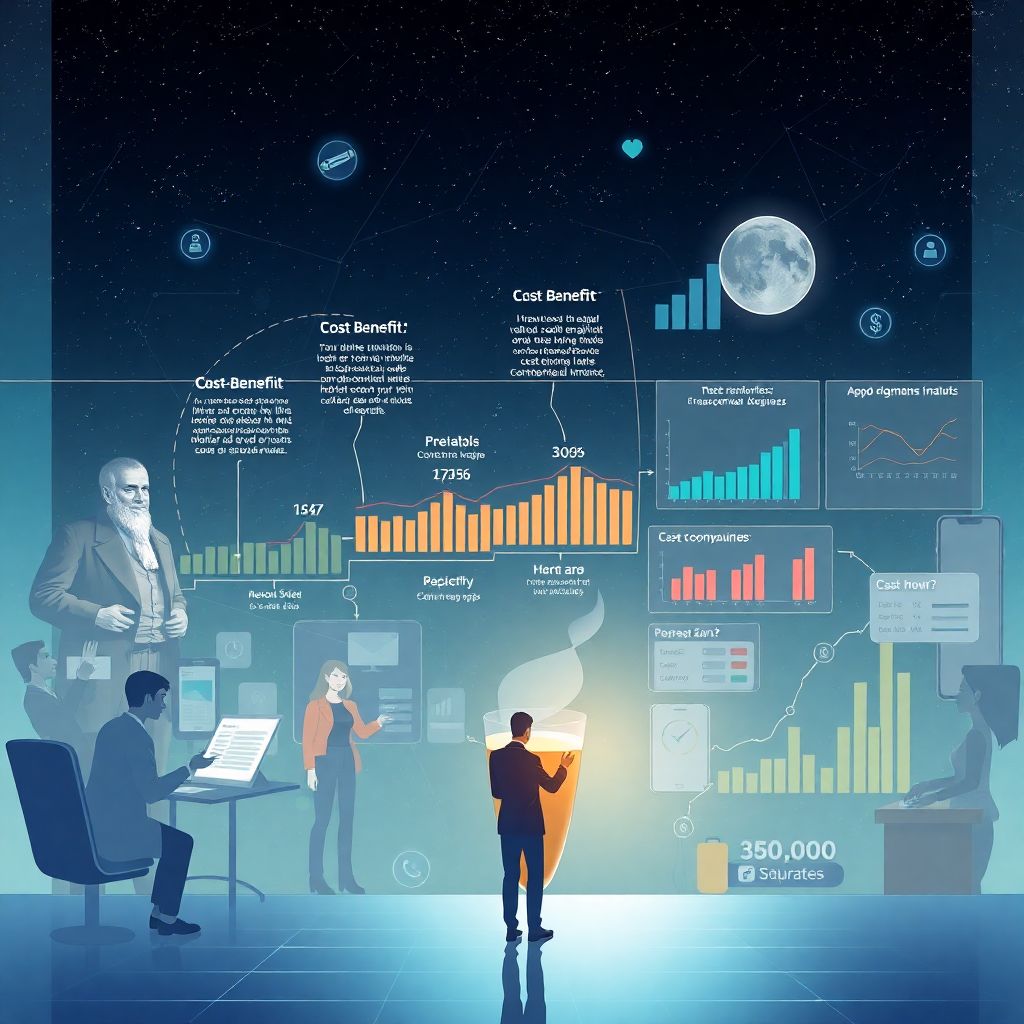Historical Context of Cost-Benefit Analysis in Personal Finance
Cost-benefit analysis (CBA) has its roots in early economic theory, particularly in the work of 19th-century economists like Jules Dupuit and Alfred Marshall, who explored how individuals make rational decisions by weighing costs against benefits. Originally developed for large-scale infrastructure projects and public policy decisions, the methodology gradually found its way into corporate finance and, more recently, into personal finance. By the early 2000s, as consumer behavior became increasingly data-driven, individuals began to adopt cost-benefit analysis tools to make smarter purchasing decisions. The evolution of digital platforms and mobile applications in the 2010s and 2020s further democratized access to these tools, allowing everyday consumers to evaluate the utility of purchases with a level of precision previously reserved for institutional analysts.
Core Principles of Cost-Benefit Analysis for Personal Purchases

At its essence, cost-benefit analysis for personal purchases involves comparing the tangible and intangible costs of a product or service against the expected benefits over time. The process typically starts with identifying all direct expenses—such as initial price, maintenance, and opportunity cost—followed by estimating the qualitative and quantitative benefits, including time saved, emotional satisfaction, or long-term utility. One of the main challenges in personal finance cost-benefit assessment is assigning monetary value to subjective outcomes, like convenience or peace of mind. However, modern cost-benefit analysis calculator tools increasingly incorporate algorithms that attempt to quantify such factors using historical data and predictive modeling. Understanding how to do cost-benefit analysis effectively requires not only numerical literacy but also a keen sense of individual priorities and lifestyle preferences.
Modern Applications and Examples of Implementation
In 2025, the rise of AI-powered budgeting apps and integrated financial ecosystems has revolutionized how individuals apply cost-benefit analysis to everyday spending. For instance, when considering the purchase of a high-end espresso machine versus daily café visits, users can input variables such as machine cost, maintenance, daily coffee price, and expected usage frequency into a cost-benefit analysis calculator. The app then provides a break-even point and long-term savings estimate, helping users make an informed decision. Similarly, when evaluating subscription services like streaming platforms or fitness memberships, consumers can now assess usage metrics and satisfaction scores to determine the return on investment. These real-time insights are especially valuable in the current economic climate, where inflation and shifting job markets demand more deliberate financial planning. As a result, cost-benefit analysis tools are no longer optional—they are integral to responsible consumption.
Common Misconceptions and Pitfalls in Personal CBA

Despite its growing popularity, cost-benefit analysis for personal purchases is often misunderstood or misused. One frequent misconception is that the process must be overly complex or time-consuming, deterring users from engaging with it altogether. In reality, most modern tools simplify the process significantly, allowing users to perform quick evaluations with minimal input. Another common error is focusing solely on upfront costs while ignoring long-term value or hidden expenses, such as energy consumption or resale potential. Additionally, many individuals fail to account for non-monetary benefits, undervaluing experiences, convenience, or emotional well-being. This narrow approach can lead to suboptimal decisions that may appear frugal in the short term but result in dissatisfaction or higher costs over time. Understanding the broader context and using comprehensive personal finance cost-benefit frameworks helps avoid these pitfalls and supports more sustainable financial behavior.
Conclusion: The Strategic Role of CBA in 2025 and Beyond

As we move deeper into the digital age, the strategic application of cost-benefit analysis in personal finance continues to gain relevance. With the proliferation of predictive analytics and personalized financial planning platforms, individuals are better equipped than ever to make data-informed decisions. The integration of AI and behavioral economics into cost-benefit analysis tools has made it possible to capture nuances that were previously overlooked. In 2025, knowing how to do cost-benefit analysis is not just a skill—it’s a necessity for navigating a complex consumer landscape. Whether evaluating a major purchase or a recurring expense, applying a rigorous, personalized framework helps individuals align spending with long-term goals and values. As financial tools become more accessible and intuitive, the barrier to entry continues to lower, empowering more people to take control of their financial destinies with clarity and confidence.

